Types of small flying bugs can be a nuisance in homes, especially when they appear unexpectedly and multiply quickly. From the kitchen to the bathroom, these insects often make their way into our homes, attracted by organic matter and other favorable conditions. Understanding the types of small flying bugs and how to manage them is essential to keep your space pest-free. In this article, we’ll explore the different types of small flying bugs, where they come from, how to identify them, and how to effectively get rid of them.
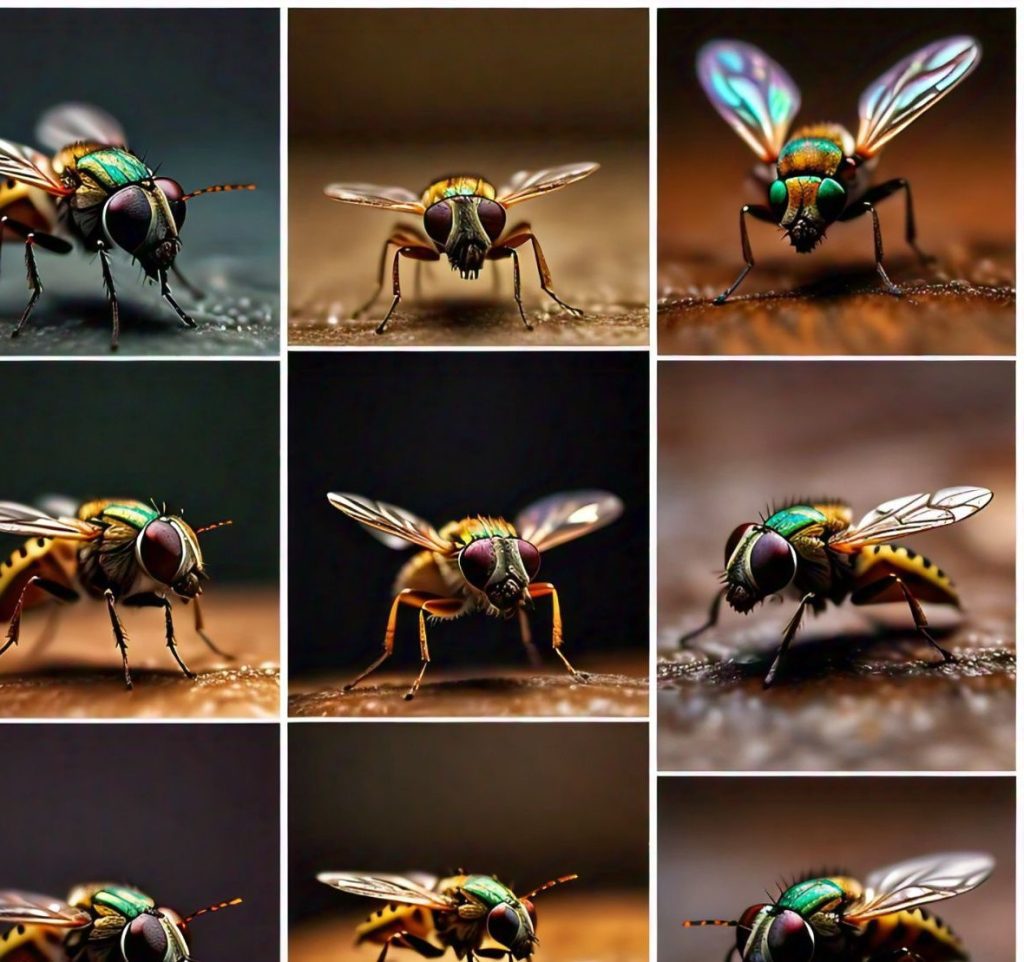
Common Types of Small Flying Bugs in the House
One of the most common places to find tiny flying insects is indoors. Various species of small bugs can easily infiltrate our homes, particularly areas where there’s moisture, food, or standing water. Let’s take a look at some of the most prevalent Types of small flying bugs environments:
- Fungus Gnats
- These tiny flying bugs are commonly found around houseplants. They thrive in damp soil, where their larvae feed on the fungi in the organic matter. Fungus gnats are usually small, with long legs and dark-colored bodies, often mistaken for fruit flies.
- Drain Flies (Moth Flies)
- Drain flies or moth flies are another common indoor pest. They are often found around sink drains, showers, and other damp areas. These bugs have hairy bodies and wings that resemble a moth’s appearance. Though they don’t bite, they can multiply quickly and cause an infestation.
- Fruit Flies
- One of the most recognizable types of small flying insects, fruit flies, are often found hovering around overripe fruit, compost bins, and other organic materials. These tiny insects can lay eggs in just about any soft, rotting food, causing a rapid infestation.
- Tiny Flying Bugs in House
- Other common species of tiny flying bugs in homes include very small flying insects such as gnats, tiny black flying bugs, and small grey flying insects. These bugs often enter through windows and doors and are attracted to food and moisture sources.
Small Flying Bugs in the Kitchen and Bathroom
The kitchen and bathroom are prime breeding grounds for types of small flying bugs . These areas often have the ideal conditions—moisture and food sources—that attract pests. Let’s explore some of the types of small flying bugs you might encounter in these rooms.
- Types of Small Flying Bugs in Kitchen
- Kitchens, with their array of food items, often attract tiny flying bugs such as fruit flies, fungus gnats, and small winged bugs. Overripe fruits, spilled food, and dirty dishes are the most common attractants.
- Tiny Flying Bugs in Bathrooms
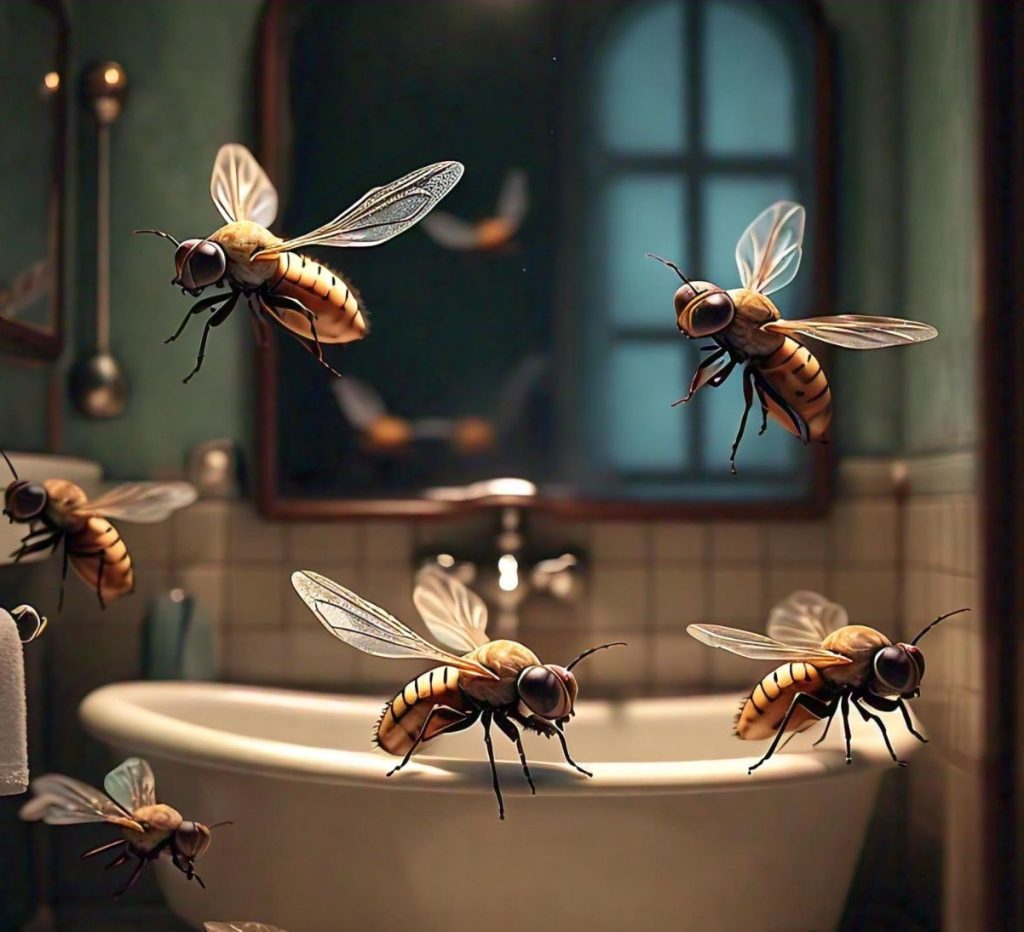
Bathrooms are another hotspot for flying insects such as drain flies. They breed in the standing water and organic material found in the pipes, often going unnoticed until their population spikes. What are tiny flying bugs in my house? If you’re noticing an infestation, these common household flying bugs are likely the cause.
Identifying Small Black Flying Bugs and Other Pests
Identifying the various Types of small flying bugs in your house is crucial to effectively deal with them. Different bugs require different control methods. One of the common queries people have is about small black flying bugs in house not fruit flies. Let’s break down a few key identifiers:
- Small Grey Flying Insects
- These are typically fungus gnats, which tend to appear around houseplants. Their tiny size and grey color make them one of the most common indoor pests.
- Small Black Flying Bugs
- If the bugs in your home are black but not fruit flies, they could be fungus gnats or drain flies. These insects are drawn to moist environments like potted plants and drains, where they lay their eggs.
- Little Flying Bugs with Wings
- Small flying pests like gnats and fruit flies are notorious for their rapid life cycle. They are often mistaken for each other, but flying bug identification can help you distinguish between species and choose the right control methods.
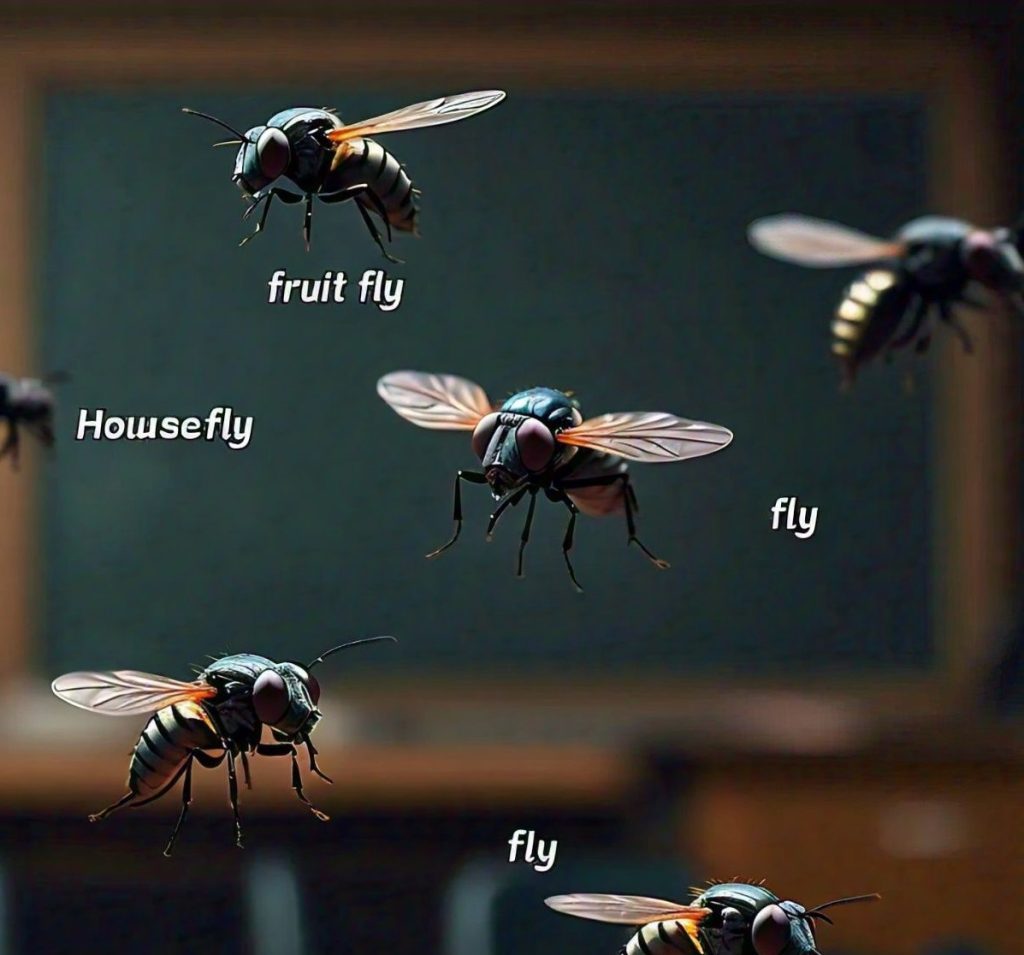
Where Do These Bugs Come From?
Many flying insects find their way into our homes through open doors and windows, attracted to food and moisture. Common sources of infestation include Types of small flying bugs.
- Sink Drains
- Moist environments such as sink drains and pipes attract drain flies. These bugs thrive in organic matter found in stagnant water and can multiply rapidly.
- Organic Material
- Many types of small flying bugs, such as fruit flies and fungus gnats, feed on decaying organic material, including overripe fruit, wet soil, and garbage. Left unchecked, these conditions can lead to an infestation.
- Windows and Lights
- Some pests, such as tiny black flying bugs, are attracted to light. You may notice flying bugs near windows or lamps, as they follow the light source.
How to Get Rid of Small Flying Bugs
Getting rid of small flying bugs can be a challenge, especially once they have established themselves in your home. However, with the right methods, you can eliminate them effectively.
- Pest Control and Preventive Measures
- One of the best ways to manage small flying pests is through regular pest control. Use fruit fly traps, sticky pads, or homemade solutions such as apple cider vinegar mixed with dish soap to attract and trap bugs like fruit flies.
- Drain Maintenance
- For drain flies, clean your sink drains regularly to remove the organic material they feed on. Boiling water and baking soda mixed with vinegar can help keep your drains free of pests.
- Fly Identification Chart
- Using a fly identification chart can assist in recognizing the specific type of small flying bug in your home, allowing you to target the infestation with precision.
- Natural Repellents
- Consider using natural flying bug repellents such as essential oils (lemongrass, eucalyptus) or specific herbs like basil and mint. These natural solutions are effective in driving away tiny flying insects without the use of chemicals.
Are These Small Bugs Harmful?
While most tiny flying bugs are harmless, they can still pose a health risk by contaminating food or causing allergies. Are fruit flies harmful? Not typically, but they can spread bacteria from decaying materials onto fresh produce. Similarly, tiny black flying bugs like gnats can irritate the skin, especially for sensitive individuals.
Conclusion: Addressing Small Flying Bugs in the Home
Dealing with small flying bugs may seem overwhelming, but with proper identification and control strategies, you can manage them effectively. Whether it’s drain flies, fungus gnats, or fruit flies, knowing the types of small flying bugs in your house will help you take the right steps to prevent and eliminate infestations. For long-term control, maintain cleanliness, address moisture issues, and use the appropriate traps or natural repellents. By understanding the lifecycle and habits of these pests, you can enjoy a bug-free home.
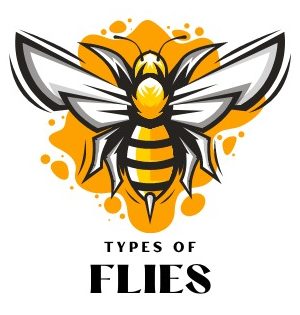
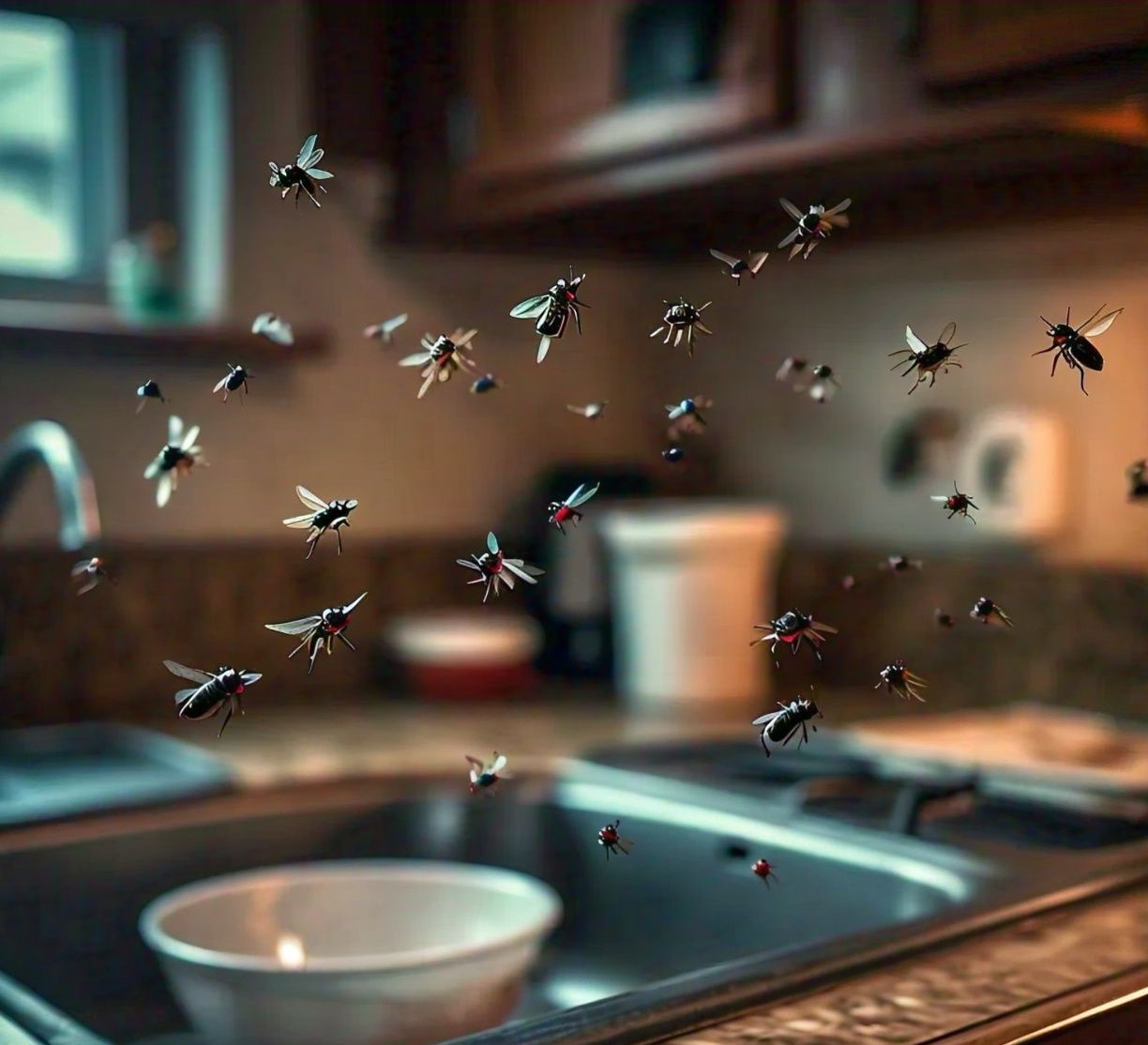
[…] concerns. Flies can also cause irritation due to their sheer numbers, especially if they breed in significant quantities in your […]
Excellent breakdown of different types of small flying bugs! This guide makes it easy to identify and deal with common pests